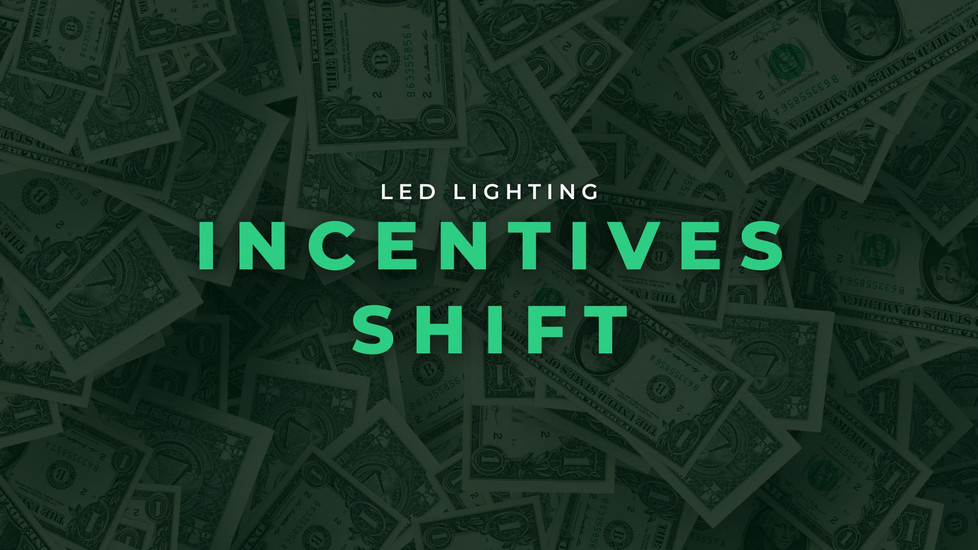LED Lighting Incentives Shift: New York Leads, Other States to Follow
Posted by Big Shine Worldwide Inc. on Jul 7th 2025
New York, a sustainability leader, is phasing out its LED lighting incentive and rebate programs. This trend signals a clear future. As energy efficiency becomes a requirement, direct financial incentives often disappear. Other states, driven by similar energy goals, will likely follow this pattern.
New York's Evolution: Incentives Conclude in 2025, Mandates Take Over
For years, New York's utilities offered strong rebates for LED lighting upgrades. These programs effectively boosted LED adoption. Businesses upgraded systems. They gained immediate energy savings and quick returns. However, success changes the game. As LED technology matures, its benefits become standard. The need for direct financial help lessens. New York now focuses on stricter energy efficiency mandates. Building codes and local laws increasingly demand high-performance lighting. Compliance, not incentives, drives upgrades.
- Con Edison's prescriptive lighting incentive program concluded on December 31, 2024. It shifted primarily to instant rebates through distributors. All projects under the previous structure required submission by October 1, 2025. The program sunsets entirely for lighting measures and controls after December 31, 2025, marking a definitive end to these incentives.
- PSEG Long Island's indoor and outdoor lighting rebates are also concluding. All projects need submission and completion by December 1, 2025.
- These changes coincide with mandates like New York City's Local Law 88. This law requires non-residential buildings over 25,000 sq ft to upgrade to LED lighting by 2025.
The National Outlook: A Coming Shift
New York's experience offers a clear model for the nation. States with ambitious energy reduction targets will adopt similar strategies. Many states already have energy efficiency portfolio standards. These standards require utilities to meet specific energy saving goals. Incentives initially help achieve these targets. As LED market penetration grows, these programs become less essential.
Future laws will likely mirror New York's approach. States will introduce tougher building codes. They will implement local laws requiring better energy performance in new and renovated buildings. This legislative push will effectively make LED adoption mandatory. Businesses will upgrade to meet legal requirements, not for a rebate.
Preparing for a Mandate-Driven Future
Businesses nationwide must understand this changing dynamic. Relying on future incentive programs may be risky. Focus should instead shift to proactive energy management. Investing in LED lighting now provides immediate benefits:
- Reduced operational costs.
- Improved environmental performance.
- Enhanced occupant comfort.
Early adoption also positions businesses well for upcoming regulations.
Energy efficiency is quickly becoming a core operational requirement. New York's disappearing LED incentives are not a problem. They show a successful market transformation. This change will soon spread to other states. It is driven by LED's clear benefits and the growing need for climate action. Businesses that adapt early will gain a competitive edge.

